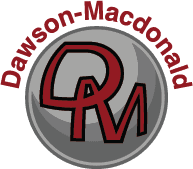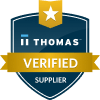How to Choose the Right Abrasive Media
Factors to Consider • Partner with Dawson
Abrasives are an extremely important, yet often overlooked component of material preparation and finishing applications. By taking the time to select the right abrasive, surface preparation jobs can be completed faster while using a minimum volume of abrasives. A well-informed decision can translate into substantial increases in profits while also providing a high-quality finished product.
Types of Abrasive Blasting Media
The best abrasive for an application will depend on the parameters of the project, the surface conditions of the substrate, and your anticipated outcome. Dawson-Macdonald offers an extensive selection of abrasives, each specially formulated the meet the unique needs of specific project types. The following abrasive blasting media guide will help you through the abrasive selection process.



